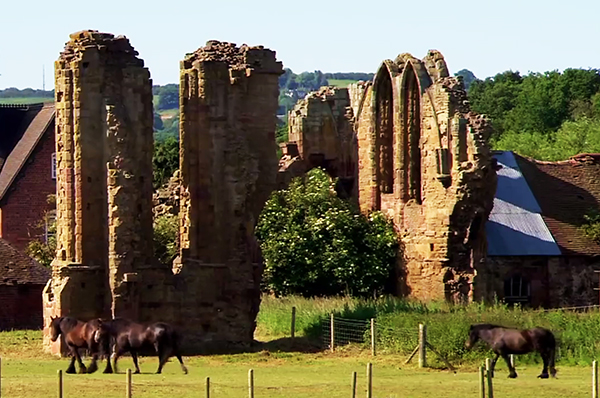
A scheme hatched by Thomas Cromwell, Henry VIII's secretary, to dissolve the monasteries in England, on account of the alledged immoral livings occurring in the religious houses, and to appropriate their properties to the crown (and countless other privileged individuals), providing the king with huge sums of money for his adventures. It led to the wholesale destruction of a vital spiritual and cultural treasure of the English nation, as well as sparked the tragic Pilgramage of Grace revolt of 1536.

Sad testimony to to Henry VIII's and Cromwell's vandalism.
Monastic life was very much a staple part of English culture for centuries. It is estimated that, by the 16th Cent, about one in 375 persons in the country was a member of one religious order or another. Monasteries were, therefore, rich land owners and shaped the national life in countless ways, from commerce (futures market, so much a part of modern financial markets, was an English ecclesiastical invention) to politics, with quite a few of their presentatives sitting as lords in Parliament. The reasons for the exercise remains unclear and controversial. One possible and likely reason may have to do with Thomas Cromwell's personal evangelical inclinations, leading him to see the old way of life as inimical to the reformation of the English Church. It probably also endeared him to the king, until, of course, when he could not give the king what his highness wanted. The dissolution, however, had another important and permanent outcome: when Mary came to the throne in 1553 and tried to return the nation to the Catholic faith, most of the Catholic's superstructures were gone, sold legally if not legitimately, and there was no way to recover them.

©ALBERITH
180121lch